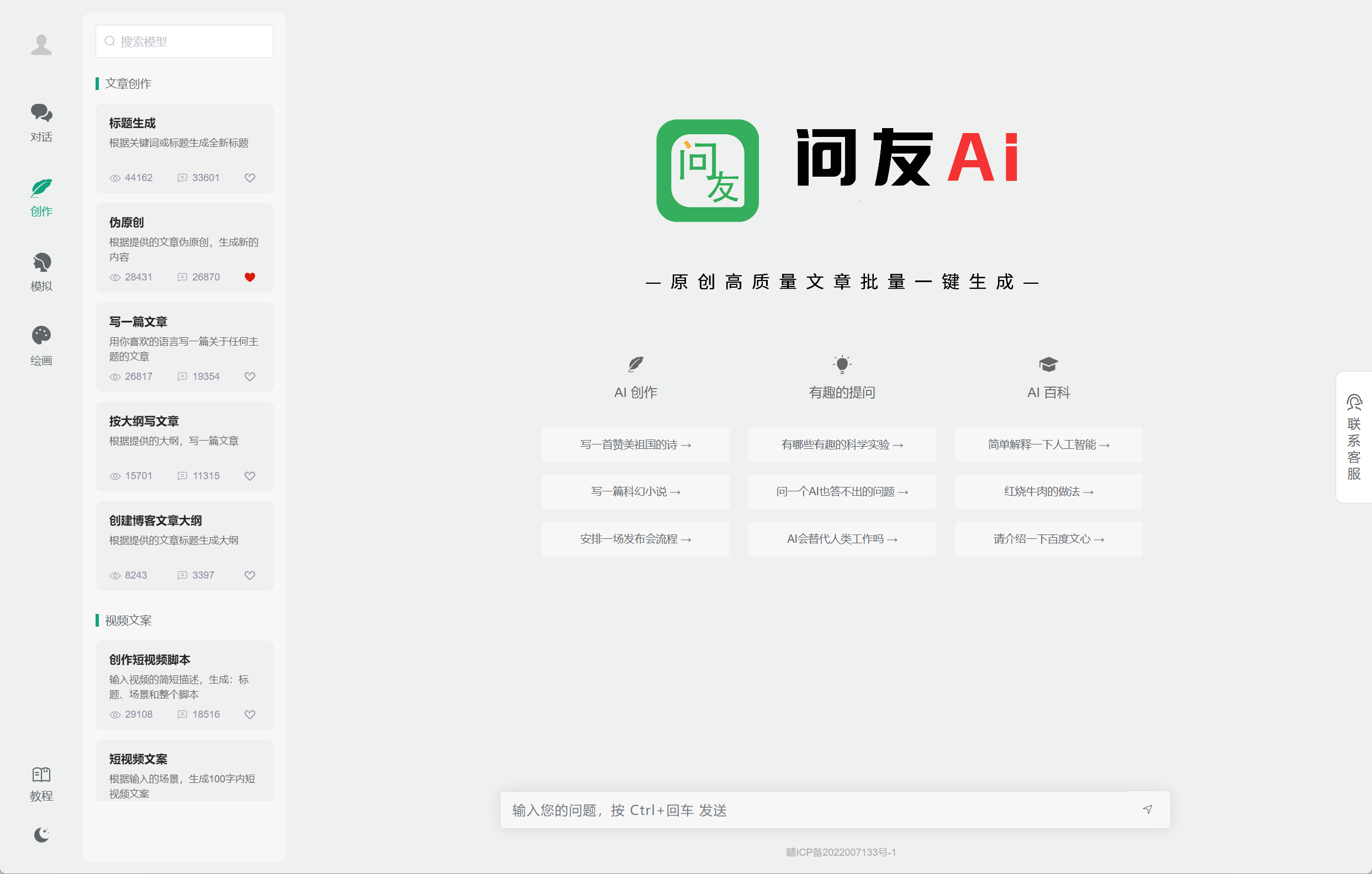Article: Generating Single Sentences
Introduction:

Natural language processing (NLP) is a field of study that is devoted to enabling computers to understand human language. The goal of NLP is to increase the efficiency of communication between humans and computers. One of the important tasks in NLP is sentence generation. Sentence generation involves creating a new sentence that is meaningful and grammatically correct. In recent years, researchers have developed several algorithms that enable computers to generate single sentences that replicate human-like language. In this article, we will explore the various aspects related to sentence generation.
Aspects:
1. Types of sentence generators
There are two main types of sentence generators, rule-based and probabilistic. Rule-based generators use a set of pre-defined rules to construct the sentence, while probabilistic generators use machine learning algorithms to learn the patterns from a corpus of text data. Rule-based generators are simpler and more straightforward, while probabilistic generators are more flexible and can generate more complex sentences.
2. Sentence generation techniques
There are several techniques used in sentence generation, such as template-based, semantic-based, and data-driven approaches. In template-based generation, a pre-set template is filled with relevant words to form the sentence. Semantic-based generation uses ontologies and natural language semantics to generate sentences, while data-driven generation uses statistical models to generate sentences from large corpora of text.
3. Challenges in sentence generation
Sentence generation is not a simple task and is fraught with many challenges. These challenges include ensuring grammaticality, maintaining coherence, and generating contextually relevant and meaningful sentences. Also, it is essential to provide the correct tone, register, and style that matches the intended audience.
4. Applications of sentence generation
Sentence generation has numerous applications in various fields, such as chatbots, machine translation, summarization, and content marketing. Chatbots use sentence generation techniques to interact with humans, while machine translation employs sentence generation algorithms to translate text from one language to another. Content marketing utilizes sentence generation to create compelling product descriptions, articles, and headlines.
5. Evaluating sentence generation models
To validate the efficacy of sentence generation models, several evaluation metrics exist. These metrics range from automatic methods like BLEU, ROUGE, and METEOR to human-based evaluation techniques like crowd-sourcing and expert judgments. These evaluation metrics aim to test if the generated sentences match the original data accurately, are grammatically correct, and are semantically meaningful.
6. Ethical implications of sentence generation
As with every technology, sentence generation also raises ethical concerns. One of the primary concerns is the potential misuse of sentence generation technology for generating fake news, propaganda, or hate speech. Also, the ethical considerations of using sentence generators for personalizing content and targeted advertising for profit-making are significant.
Conclusion:
In conclusion, sentence generation is a challenging yet exciting task in the field of NLP. It has numerous applications in various industries and has the potential to improve human-computer communication. However, it is essential to consider the ethical implications of this technology and take necessary precautions to prevent its misuse. As NLP technology advances, the potential of sentence generation will continue to expand, and it will be intriguing to see how it shapes our future.
